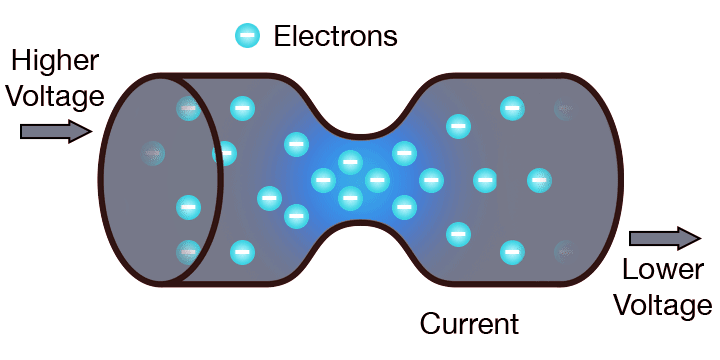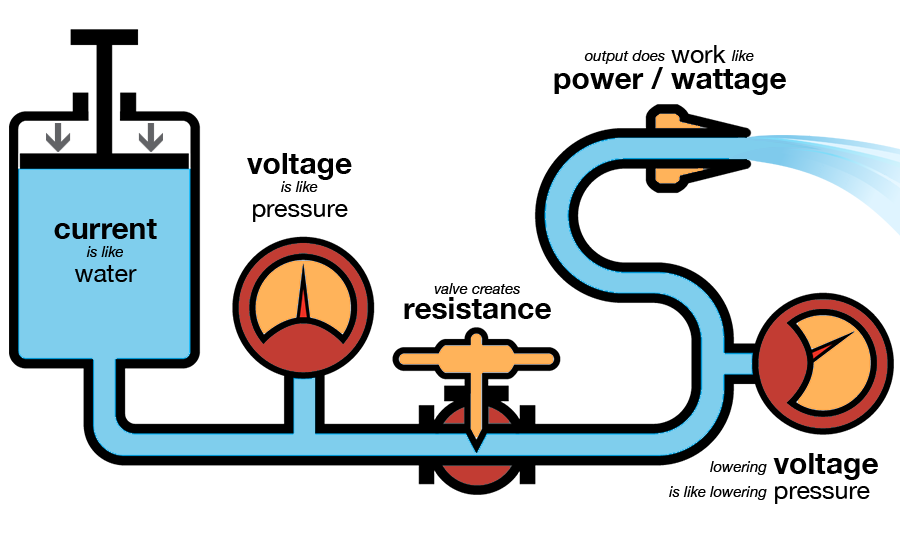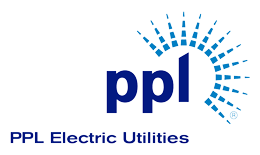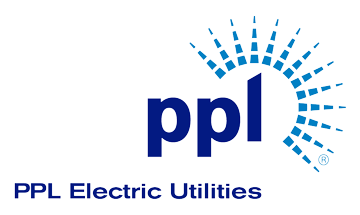Electrical Terms
 Voltage: the force that causes electrons to move. It is measured in volts. (If electric equipment, such as a power line, transmits more than 600 volts of electricity, it is classified as high voltage.)
Voltage: the force that causes electrons to move. It is measured in volts. (If electric equipment, such as a power line, transmits more than 600 volts of electricity, it is classified as high voltage.)
Current: the amount of flowing electricity. It is measured in amperes, or amps for short.
Resistance: opposition to electric current. It is measured in ohms.
Voltage, current and resistance are all related. A high-resistance material, for instance, will require a greater voltage to transmit the same amount of electricity as a lower-resistance material. Because of this, if your body’s resistance to electricity is decreased, you can be shocked more easily. One example is when your skin is wet or you stand in water. Since water conducts electricity very well, having wet skin will lower your resistance and make it easier for you to get shocked (even with a low-voltage current).

Visualize a stream of water flowing through a hose. Electric voltage, which measures the force of electricity, is like the water pressure. Electric current is like the water flow rate, and electric resistance is like the friction loss that occurs at the nozzle or at a valve that limits the water flow.


